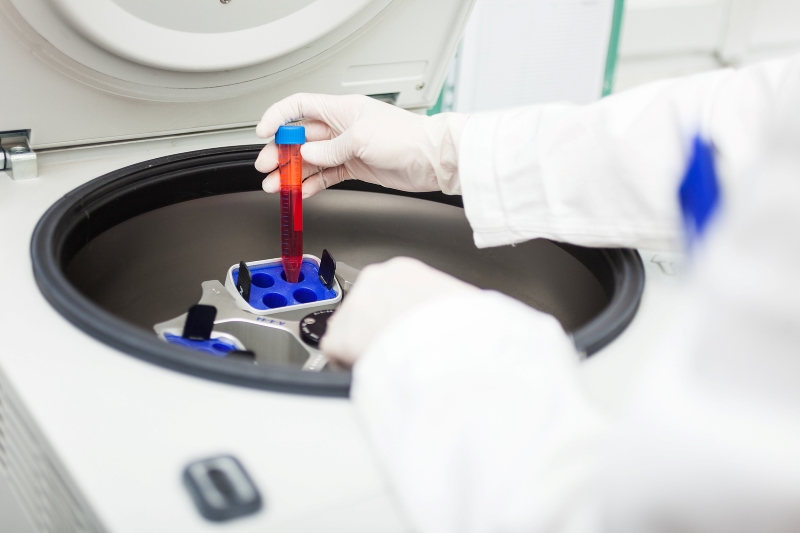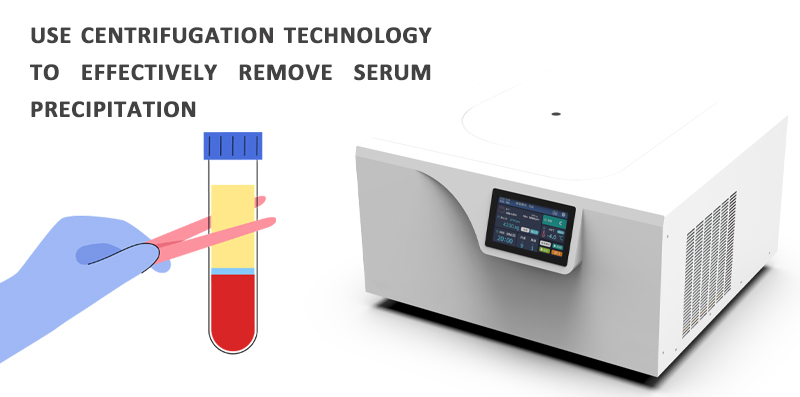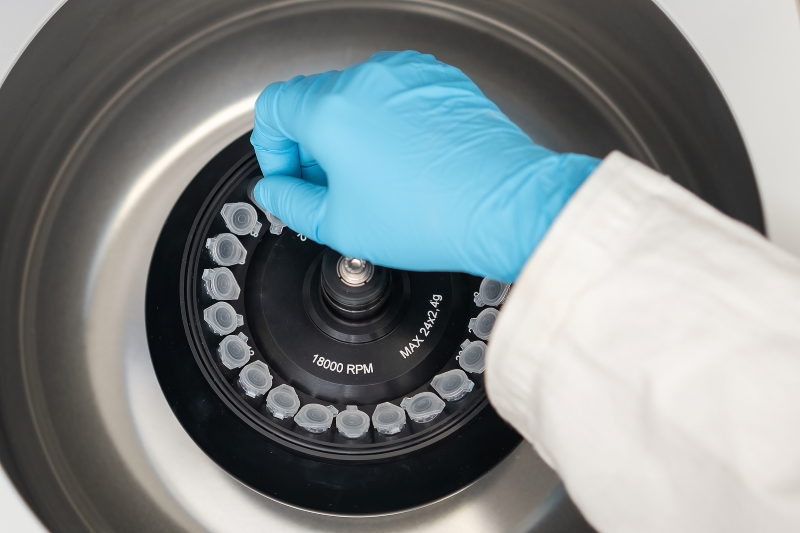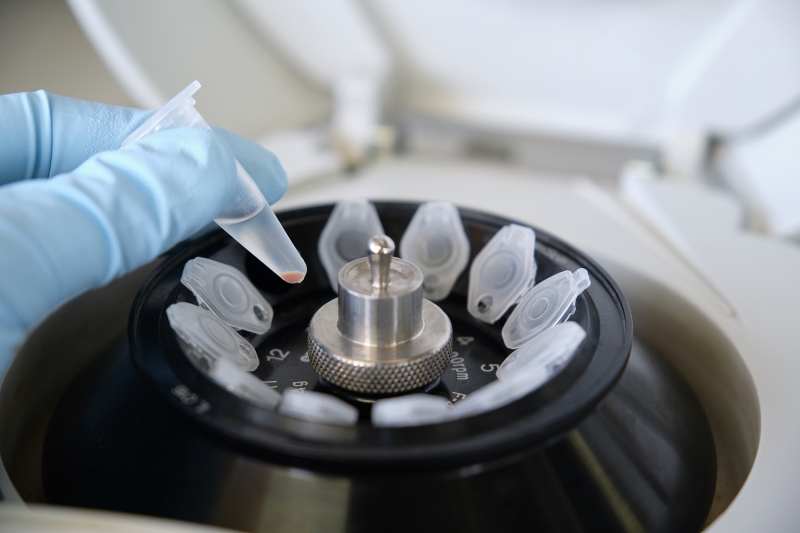Serum is a commonly used reagent in life science and biomedical research. In scientific research experiments, white flocculent precipitates occasionally appear in serum, which often attracts the attention of researchers. The main components of these precipitates may include the following.

Fibrin precipitation
Fibrin usually appears as a large precipitate (up to 1-2 mm) that is visible. This is because fibrinogen (a soluble precursor of fibrin) remains in solution during the collection and rapid processing of the serum. However, after filtration and aliquoting, this fibrinogen may coagulate in the bottle to form a flocculent fibrin precipitate.
Calcium phosphate precipitation
Calcium phosphate precipitation causes turbidity in the serum and the amount of precipitation may increase when incubated at 37°C. By observing a microscope, calcium phosphate precipitates appear as small black dots that appear to be "moving" due to Brownian motion and can be easily mistakenly thought for microbial contamination.
Cholesterol, fatty acid esters, and protein precipitation
Cholesterol, fatty acid esters, and some proteins in serum can also precipitate when the temperature changes or are not stored properly, forming precipitates that are visible or observed microscopically.
Although serum precipitates may cause some trouble in appearance, in actual applications such as cell culture, these precipitates usually do not affect the performance of serum. Researchers can effectively remove precipitates through appropriate treatment methods, such as centrifugation or filtration, thereby ensuring that the use of serum is not interfered with.
A common and effective method is centrifugation technology. By reasonably adjusting the centrifugation speed and time, the precipitate in the serum can be effectively separated. During the centrifugation process, the heavier precipitate will settle at the bottom of the centrifuge tube, while the upper serum remains clear, thereby achieving the separation of serum and precipitate, ensuring the purity of the experimental sample.

Use centrifugation to remove serum precipitate
Procedure
Place serum samples in centrifuge tubes, avoid filling them up, and leave space to prevent sample overflow during centrifugation.
Set centrifugation parameters
●Speed: Generally choose 400g (adjust according to the sample and the nature of the precipitate).
●Temperature: Set at 4°C.
●Time: Usually centrifuge for 2-5 minutes.
The supernatant after centrifugation should be transferred to a new sterile container under sterile conditions. Use a sterile pipette or pipette to ensure that the process is free of contamination, maintain the purity of the serum and the reliability of the experimental results.

Note: It is not recommended to remove these flocculent precipitates by filtration, because they may cause clogging of the filter membrane, affecting the operation efficiency and serum quality. Removing precipitates from serum is a delicate and critical step, which is directly related to the effect of subsequent cell culture and the reliability of experimental results. Therefore, it is particularly important to choose an appropriate method (such as low-speed centrifugation) for treatment.
Make sure appropriate transportation temperature: To ensure the quality of serum, serum needs to be stored at about -20°C. If the temperature fluctuates frequently during transportation and repeated freezing and thawing occurs, it is very easy to cause a large amount of precipitation. Therefore, during transportation, the low temperature of -20°C must be strictly maintained to avoid repeated freezing and thawing to ensure that the quality of serum is not affected.
Correct thawing method: When using serum, the correct thawing method is crucial. It is recommended to use the universal three-step thawing method, which can effectively avoid sudden temperature changes and reduce the precipitation of precipitates, thereby maintaining the stability of serum and experimental quality.
Opeartion | Temperature | 100mL | 500mL | 1000mL |
Step 1 | Room temperature or 15-20℃ water bath | 35min 5min | 90min | 100min 20min |
Step 2 | 20℃ water bath | 15min | 25min | 30min |
Step 3 | 37℃ water bath | 20min | 35min | 45min |
Correct storage method: Storing serum at 2-8℃ for a long time or at room temperature for too long may cause precipitation. It is recommended that the prepared complete culture medium should be stored in a 4℃ refrigerator for no more than 7 days; serum should be stored at -20℃ after packaging to ensure its stable quality and avoid precipitation.
Special treatment: γ-ray irradiation and heat inactivation may also cause precipitation. Therefore, care should be taken to control the irradiation dose and heat inactivation method during use. It is recommended to heat in a 40°C water bath for 20 minutes to reduce the generation of precipitation while ensuring that the function of the serum is not affected.

After each experimental operation, be sure to record the serum processing process and results in detail, including centrifugation conditions, filtration conditions, and the final state of the serum. These records not only help track the quality of the experiment, but also provide valuable reference and basis for subsequent experiments. Through meticulous operation and comprehensive records, we can more effectively remove the precipitate in the serum and create a purer and more stable environment for cell culture.
In summary, the centrifuge is an indispensable device in the laboratory. It is essential in serum processing, precipitation separation, etc. It is a key device to ensure the quality of experiments and the stability of cell culture.